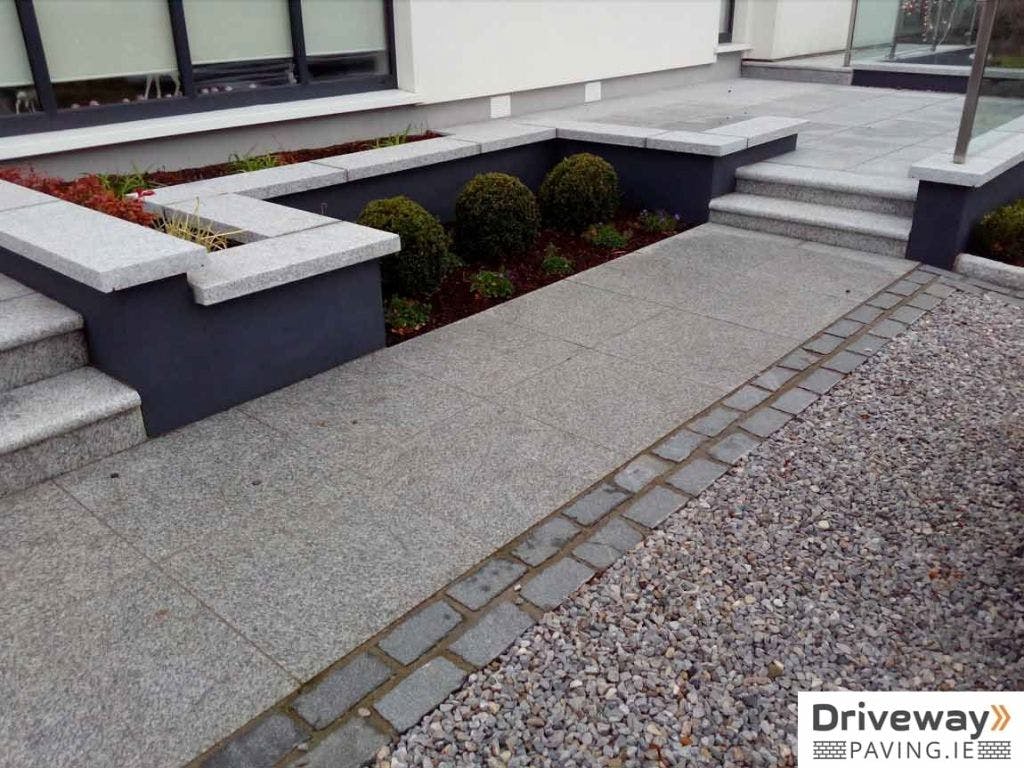
Paving glossary paving terms
We try here in our glossary of paving terms to put all the technical words you will see in our website.
This is not exhaustive and we will add more and more words to this paving Glossary.
Aggregate
Aggregate is a category of minerals and materials utilized in building. The precise aggregate used varies vastly between kinds of building jobs, but it surely usually consists of sand, gravel, stone, recycled concrete and generally lighter supplies like clay and pumice. Combination is a serious element of asphalt concrete (used to pave roads, driveways and parking tons) and concrete (used to pave sidewalks and make curbs, boundaries and different constructions).
Asphalt
Asphalt or also called bituminous asphalt concrete is a material used to cover walkways of roads, car parks and garages and is composed of aggregates mixed with the thick and sticky binder that is bitumen/asphalt.
Base
The base or also called base material is an aggregate layer, of a specific thickness, depending on the installation requirements. It is laid before the installation of your sand bed and after the preparation of your bedrock. When compacted intensively, it provides support for pavers and sand.
Bitumen
Bitumen can be used under pavers as an adhesive. It is made from a combination of neoprene and asphalts.
Block Paving
Block paving is a decorative paving process in which bricks are laid in nested patterns / formations. Clay or concrete is used to make block pavings.
Cement
The cement bonds the other materials together because it is a binding material that hardens. The cement is composed mainly of limestone and clay. Mixed together with water, a chemical reaction is triggered and causes solidification of the material.
Compaction
It is a process by which a material, such as asphalt or gravel, is compressed to intensively wrap soil, sand bedding and base materials. A plate compactor or powered tamper is often used to remove air voids and increase the stability and strength of the coating.
Concrete
Composite material consisting of a mineral aggregate and a binder based on cement and aggregates which with water hardens on the surface of the stone (the exact composition of the aggregate and cement change depending on the concrete ). It is commonly used for curbs, sidewalks, road barriers and other structures.
Many people use the word concrete or cement interchangeably even though they are distinct materials. Concrete is generally composed of gravel, sand, cement and water, and thus forms a strong and hard building material.
In our services: Concrete page
Drainage
Taking drainage into account is very important when paving a road or a path. We also talk about drainage coefficient that measures how a pavement will filter the water masses. Indeed, if sediment and water accumulate, it can be dangerous for pedestrians and vehicles and cause significant roadway problems. This is why it is important to build pavements near a catch basin and with an appropriate slope to reduce the risk of flooding.
Frost action
The formation of ice in the subsoil and rising to the surface can cause the swelling of the soil. It causes potholes and cracks, especially in winter, but this can occur in the spring as well.
Grading/grade
Grading – Also known as levelling or regrading, grading is where part of the land is raised or lowered. Most of the time this is supplemented to improve drainage or create a flat, smooth and usable surface.
Grade: Verb: Action to finish the surface with equipment or by hand. Name: This is the slope of a soil, often expressed as a percentage.
Gravel
As a by-product of eroded rocks in a riverbed, gravel is the culmination of very fine rock fragments. The gravel can come from different stones, have different sizes and be treated or not. It is an important component of aggregates.
Line Marking
Method of painting road markings or for car parks, warehouses or playgrounds. The latest technology and equipment are used to be in full compliance of Irish legislation including:
The Safety Health & Welfare At Work (Construction) Regulations 2013, The Safety Health & Welfare At Work Act 2005.
Overlaying
The process of adding a layer of poured asphalt to an existing pavement. Very common to renovate a surface without removing the current paving material. Used to add resistance to existing roads and surfaces without having to repave or recondition (can be more expensive and difficult). Milling may be necessary depending on the condition of the road.
We hope it will help you to read more easily our The Ultimate Guide to Patio Paving in Ireland
Pavement Performance
Pavement performance: the capacity of a pavement depending on the load bearing conditions.
Paving
The act of installing a surface most often asphalt or concrete with flat stones laid in a pattern.
Pavement Rehabilitation
All work to improve and extend the life of a pavement.
To be continued…

 whatsapp
whatsapp

